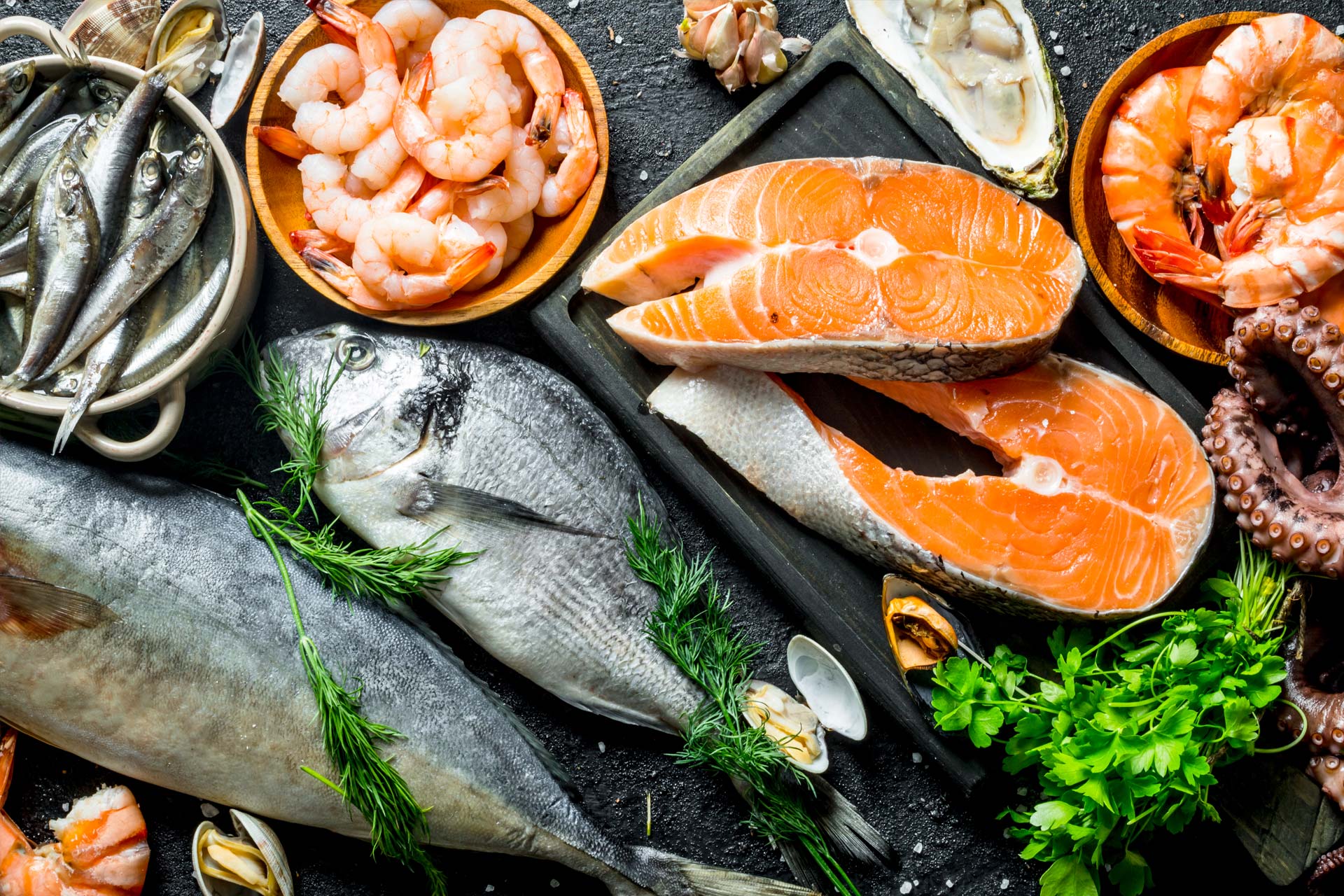
The marine and aquaculture industry is rapidly changing with advancements in processes and technologies. With growing preferences for seafood among consumers, it’s crucial to ensure that aquaculture and fishing processes do not expose seafood and related products to toxic organic/inorganic elements, chemicals and residues, veterinary drug residues, etc.
We help aqua culture facilities identify threats and improve systems and processes to supply high-quality and hygienic seafood and related products suitable for consumption.
We employ high-end labs with hi-tech testing equipment along with qualified scientists to assess the quality, hygiene and freshness of marine and aquaculture food products to ensure they meet national and international regulations with the following tests:
|
|
While pesticides, fungicides and herbicides in acceptable quantities promote yield and resistance to pests and diseases, over-utilization and use of prohibited substances lead to the accumulation of harmful chemical residues.
We provide quick and precise screening to detect, determine and quantify the presence of antibiotics, drugs and pesticides and expert trace-residue analysis services, enabling businesses to confine to product safety standards.
Polyhalogenated compounds used in various manufacturing processes like wood treatments, cookware coatings, non-stick, food containers and wrappings consist of highly toxic and carcinogenic chemicals that can bioaccumulate in humans. They get absorbed by seafood products during processing, making the food substance unfit for human consumption.
We have sound expertise using accredited methods to determine the presence of such harmful chemicals in food substances enabling businesses to keep these harmful chemicals under permissible limits and avoid potential damage to business reputation and loss of buyer trust.
Food colour is a dye, pigment or substance that imparts colour when added to seafood products, making them look fresh. Natural dyes are derived from vegetables, plants or animals, while synthetic food colours can cause harm. Food additives are edible dyes added to seafood products to compensate for colour loss during processing and stimulate the appetite.
Natural or artificial dyes added to food substances should be within admissible limits, meeting regulations. ATL offers complete testing services meeting FSSAI regulations to detect the presence of both natural and synthetic additives in seafood products.
Contaminants arising from fungi strains are found in seafood products. We help businesses monitor and control these mycotoxins since exposure to them directly or through their accumulation in the food chain can be hazardous for humans.
ATLs food analysts utilize hi-tech facilities to detect, identify and quantify the presence of mycotoxins in food and agricultural products.